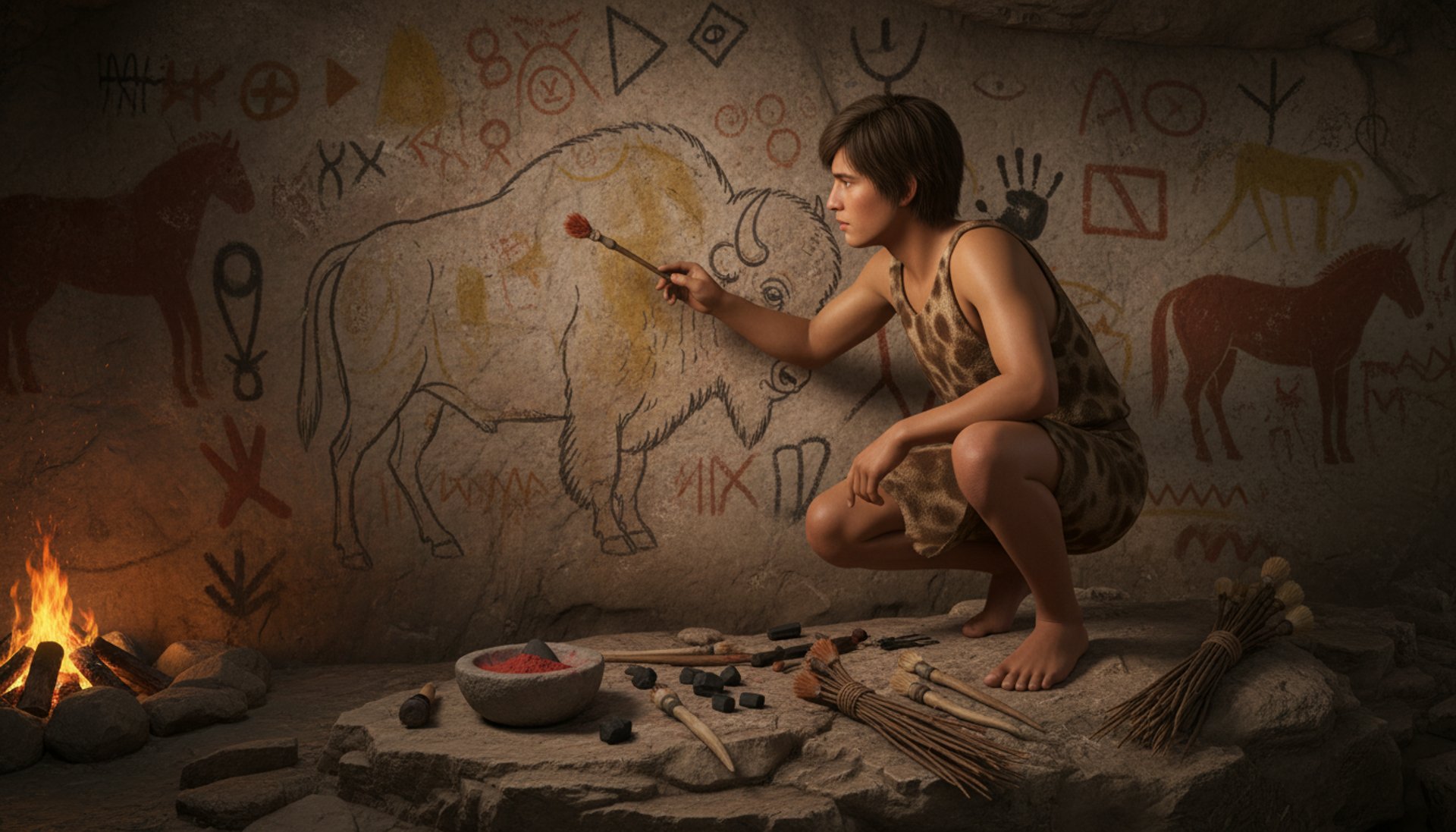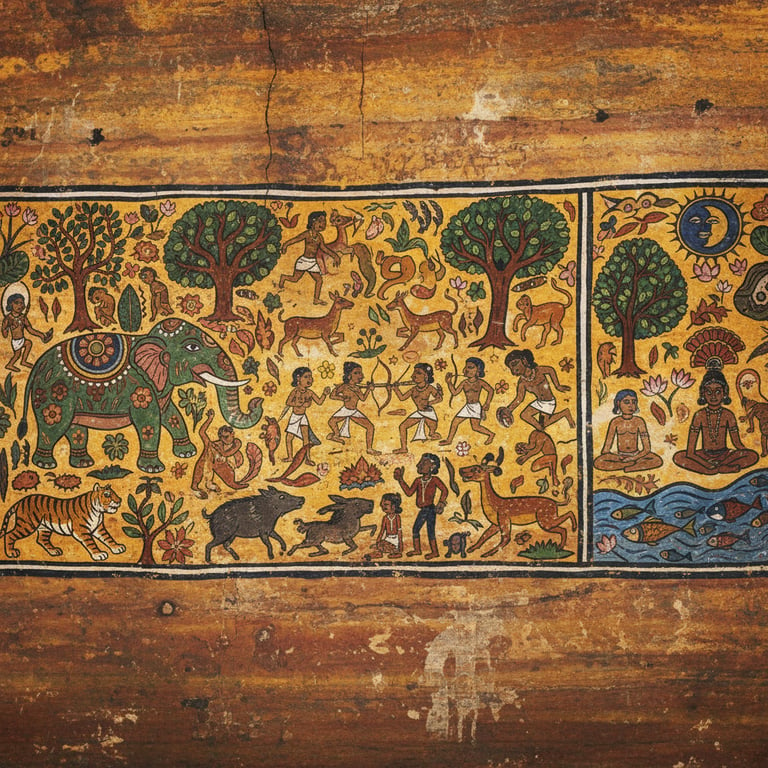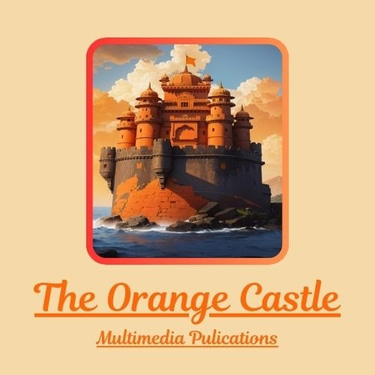Brand Promotional offers: Use Code NEWBEES20 to get 20% additional Discount.

Have you ever wondered, who was the Very First Artist in the World?
Discover the Origins of Drawing and Coloring!
10/8/2025


Explore the fascinating story of the world’s first artists, from prehistoric caves to Indian murals, and inspire your child’s creativity today!
Have you ever wondered who the very first artist in the world was? 🎨
Long before crayons, pencils, or paintbrushes existed, humans were already creating art—on cave walls, rocks, and even their own hands!
These early artists weren’t famous, didn’t sign their work, but their creativity has amazed the world for thousands of years.
Let’s travel back in time and meet the very first artists in history.
Some of the oldest known artworks are found in:
El Castillo Cave, Spain – hand stencils over 40,800 years old
Chauvet Cave, France – detailed paintings of lions, rhinos, and mammoths
Bhimbetka Rock Shelters, India – human and animal drawings dating back 30,000+ years
These prehistoric artists were the very first people to communicate through images, showing that creativity is truly part of being human.
2. Who Were These First Artists?
The first artists were ordinary humans with extraordinary imagination.
They didn’t have studios, galleries, or fame—they painted for expression, storytelling, and survival. Their “canvases” were cave walls, rocks, and even sand. Their “brushes” were sticks, fingers, or pieces of charcoal.
Imagine painting a mammoth on a cave wall with nothing but red ochre in your hand! 🖐️ That’s creativity at its purest.
3. The Oldest Known Artwork
The hand stencils in El Castillo Cave are considered the oldest human artwork.
To create them, early humans placed their hands on the wall and blew red pigment around them, leaving a perfect negative silhouette.
It’s like saying: “I was here, I exist, and I have imagination.” Isn’t that amazing?
4. Indian Art Through the Ages
India has a rich history of art that dates back thousands of years:
Bhimbetka Rock Shelters – prehistoric cave paintings of animals, humans, and rituals
Ajanta & Ellora Murals – 2nd century BCE–6th century CE paintings with vibrant colors and detailed storytelling
Madhubani Art (Bihar) – traditional folk paintings done with natural dyes
Warli Art (Maharashtra) – geometric tribal art depicting daily life and festivals
From these ancient techniques to modern coloring books, the love for drawing and coloring continues!
5. Art as a Human Superpower
Creating art is more than fun—it’s a skill that improves creativity, memory, and problem-solving. Even before writing, humans could express ideas, emotions, and stories visually.
Every time your child picks up a crayon, paints a picture, or colors a page, they are continuing a tradition that began over 40,000 years ago! 🌟
6. From Cave Walls to Coloring Books
The journey of art has traveled from prehistoric caves to modern homes:
Prehistoric cave paintings → ancient murals → traditional Indian folk art
Miniature paintings and Raja Ravi Varma’s illustrations → today’s storybooks and coloring books
Now, your child can become their own artist with crayons, pencils, and imagination!
Conclusion:
So, the very first artist in the world wasn’t Leonardo da Vinci or Raja Ravi Varma—it was a brave, imaginative human thousands of years ago, leaving marks that still inspire us today.
🎨 Encourage your child to explore their creativity with our fun and educational coloring books and storybooks from The Orange Castle Multimedia Publications. Who knows—they might just be the next great artist!
1. The Prehistoric Pioneers of Art
Over 40,000 years ago, humans lived as hunters and gatherers. Life was tough—they hunted, gathered food, and traveled long distances—but they had a spark of creativity that changed history forever.
Using charcoal, ochre, and natural pigments, they painted animals, handprints, and mysterious symbols on cave walls. These images weren’t just decoration—they told stories, recorded events, or were used in rituals.
